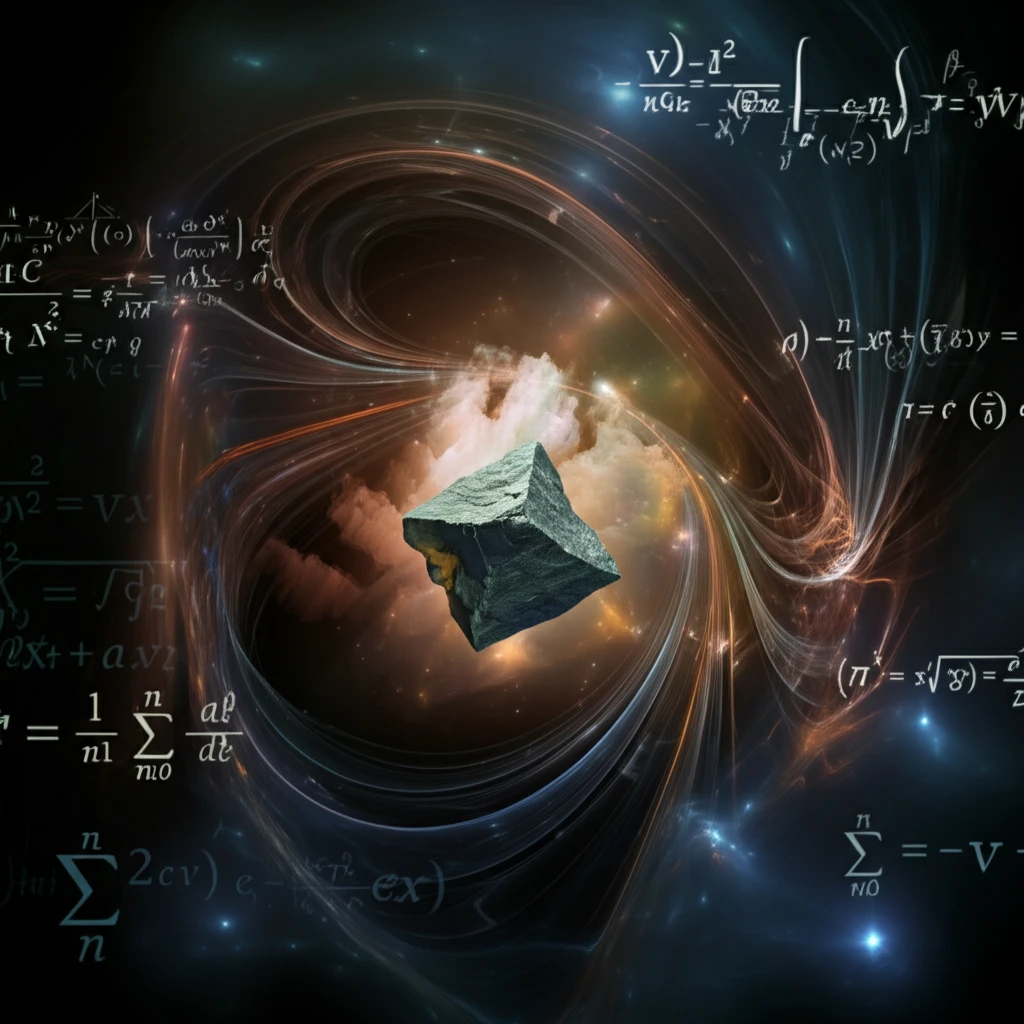
Decoding Earth's Magnetic Secrets: Can New Math Models Improve How We Understand Our Planet?
"A Deep Dive into Remanent Magnetization and the Quest to Unmix Earth's Hidden Magnetic Signals"
Imagine holding a piece of the Earth's past in your hand—a seemingly ordinary rock sample. Within it lies a complex story, magnetically encoded over millennia. Environmental magnetism has become a powerful tool, revealing how our planet's geological and environmental processes have shaped our world. But nature rarely offers simple, clean signals. Instead, we get mixtures—magnetic fingerprints blended together, making it difficult to decipher the original messages.
That's where the science of 'unmixing' comes in. Like detectives separating intertwined threads, researchers use sophisticated techniques to isolate individual magnetic components within a sample. One crucial method involves analyzing remanent magnetization curves—essentially, how a material responds to magnetic fields. This analysis hinges on mathematical models, acting as filters to extract the distinct magnetic 'voices' present.
For years, the lognormal distribution served as the workhorse model. However, it has limitations in capturing the full complexity of natural magnetic signals, particularly when dealing with skewed data. Now, innovative models like the Burr Type XII distribution are stepping onto the scene, offering new potential to unravel the Earth’s magnetic stories. Let's explore how these advanced models work and what they might reveal about our planet's history.
Why 'Unmixing' Magnetic Signals Matters: A Journey to Earth's Past

Understanding the magnetic composition of rocks and sediments is crucial for a variety of reasons. First, it helps us reconstruct past environments. The type and alignment of magnetic minerals can tell us about ancient climates, past locations of continents, and even the presence of pollution. Second, it aids in geological exploration. Magnetic signatures can pinpoint valuable mineral deposits and oil reserves. Finally, it provides insights into fundamental Earth processes, such as plate tectonics and the creation of new crust.
- Lognormal Distribution: Historically the go-to model, easy to use but limited in accurately representing skewed data.
- Skew Normal and Skewed Generalized Gaussian (SGG) Distributions: More flexible, capturing a wider range of shapes, but can be sensitive to noise.
- Burr Type XII Distribution: A newer contender, offering a balance between flexibility and stability, with a closed-form mathematical expression for its cumulative distribution function (CDF).
The Future of Magnetic Unmixing: A Call for Collaboration and Validation
Advancements in mathematical modeling, like the application of the Burr Type XII distribution, represent a significant step forward in our ability to decode Earth's magnetic secrets. However, the journey is far from over. To ensure the reliability of our interpretations, it's crucial to compare results from different models and validate them with independent data sources. Collaboration between mathematicians, geologists, and environmental scientists will be key to unlocking the full potential of these powerful techniques and gaining a deeper understanding of our planet's dynamic history.
